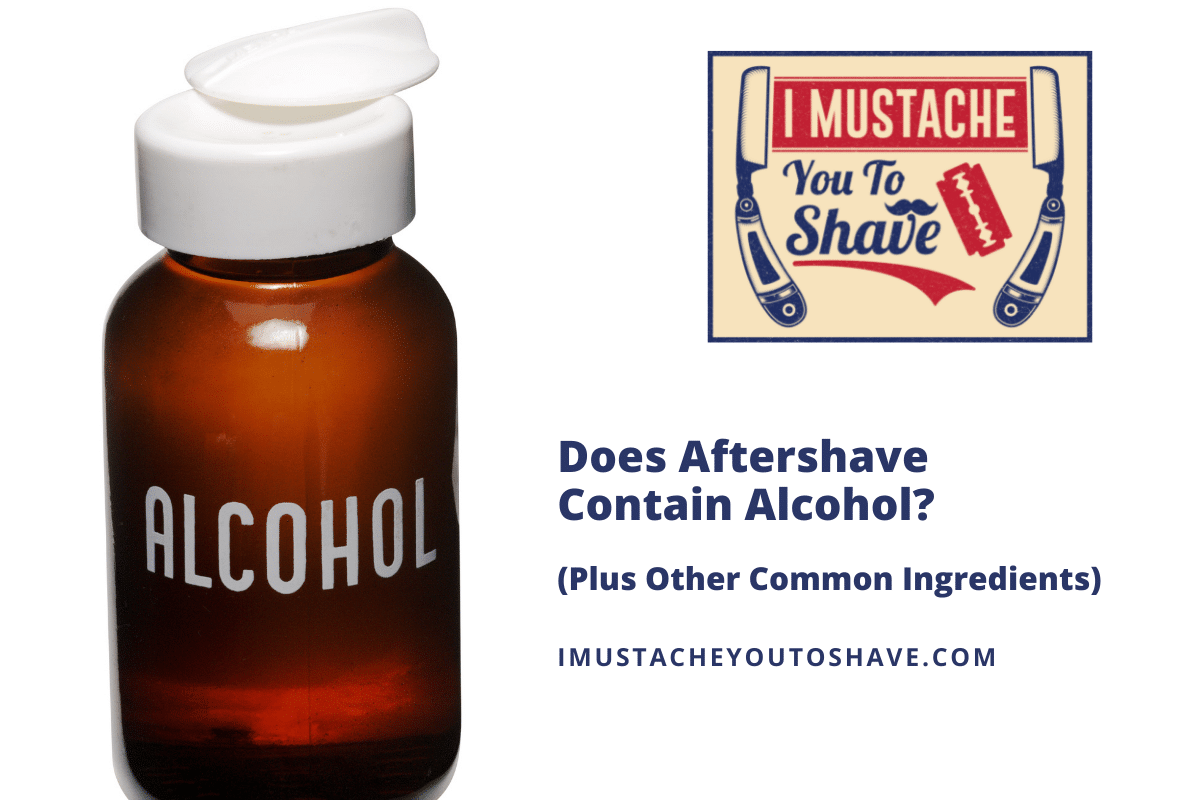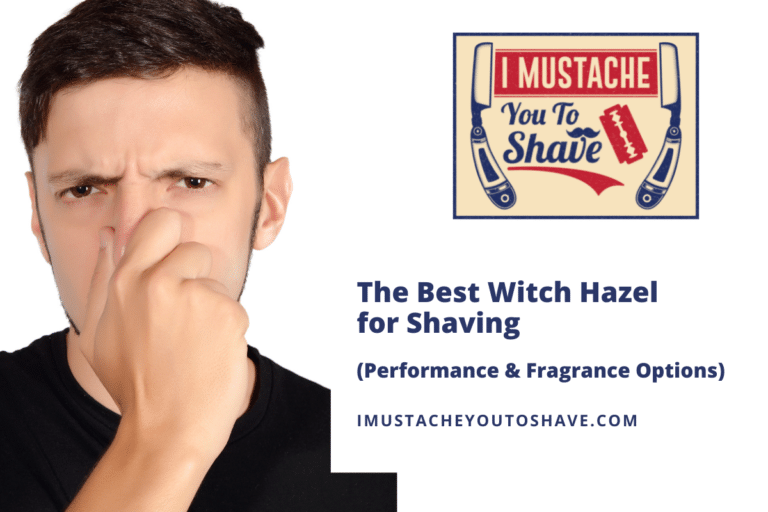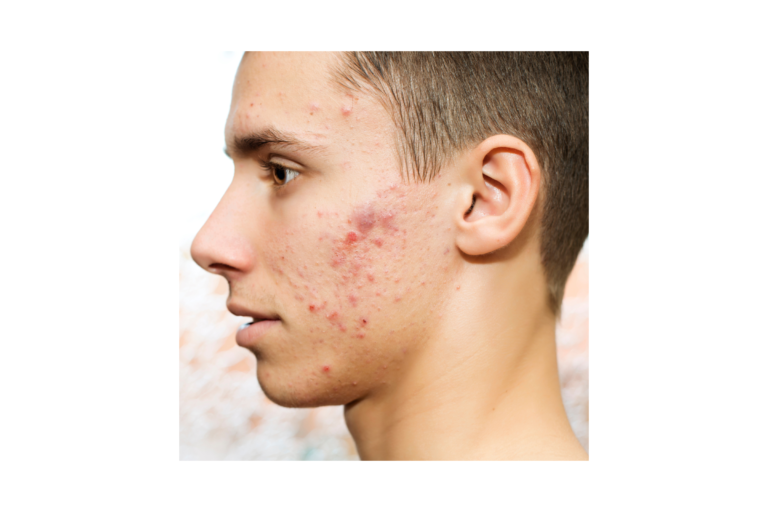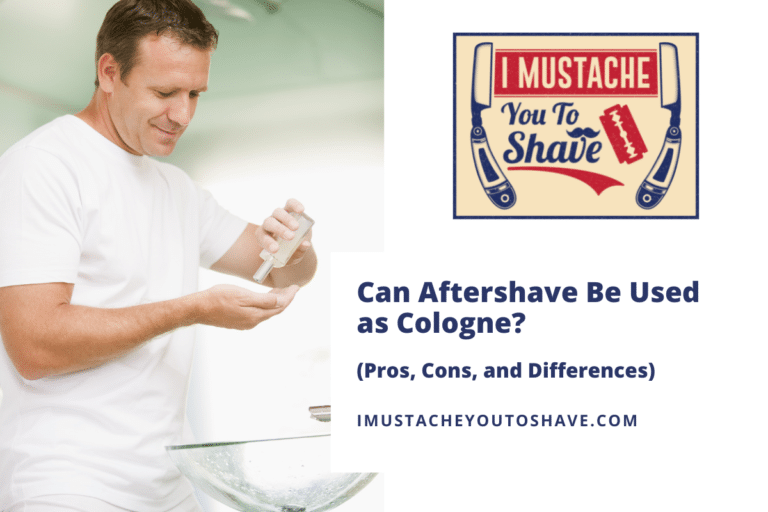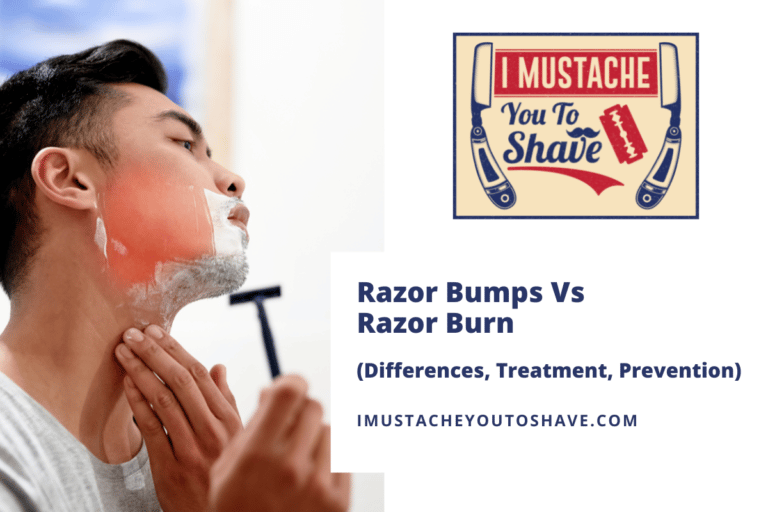Does Aftershave Contain Alcohol? (Plus Other Common Ingredients)
The sting that comes with applying aftershave is a cliche at this point. We’ve all seen Home Alone and little Kevin McAllister’s shocked and pained face, but why does it hurt?
Most traditional aftershave formulations contain alcohol as the main ingredient because it acts as an antibacterial treatment after your shave, protecting your skin from potential infections. Since aftershave can dry out the skin and lead to irritation, many men prefer to use an aftershave that includes witch hazel or stearate citrate instead.
Keep reading to learn more about why alcohol is commonly used in aftershave, and your best alternatives if you’re trying to avoid alcohol.
Does aftershave always have alcohol in it?
Given that your skin is sensitive when freshly shaved, the burn from alcohol in your aftershave might make for an unpleasant surprise if you’re caught unawares.
Most aftershaves will contain alcohol, often as the primary ingredient, as is effective in protecting skin from infection after your shave. While it is likely to be an ingredient in any randomly chosen aftershave, there are plenty of alcohol-free formulas available.
Though alcohol is an effective aftershave for some, others might find it irritates their skin, burns, or simply dislike the smell.
Why do aftershaves contain alcohol?
You might be surprised to know that alcohol can be an essential ingredient in many of your day-to-day products.
Alcohol is used in aftershaves to help protect your skin when it’s sensitive and vulnerable to potential infection while freshly shaved. An antibacterial, alcohol eliminates any bacteria that might target your open pores and small shaving cuts.
As we know, hand sanitizer is a product that we use to keep our hands germ-free. This product, too, gets its antibacterial qualities from alcohol. Many other hygiene and cleaning products utilize alcohol for the same properties that aftershave does.
How much alcohol does aftershave have in it?
The amount of alcohol used in aftershaves varies by type. As an aftershave balm looks and feels different from an aftershave lotion, the composition of its ingredients is also unique.
On average, an aftershave lotion contains an alcohol content of 60-75%, while your typical shaving balm has just 2-5% alcohol. The difference in the amount of alcohol included is reflected in the feel of the aftershaves themselves: balms tend to be gentler on the skin than lotions.
Knowing exactly how much alcohol an aftershave has in it is important. Alcohol is effective, but a little can go a long way, especially for people with sensitive skin.
Is aftershave an antiseptic?
An antiseptic is a substance that prevents infections by halting the growth of microorganisms. Critically important in the medical field, antiseptics are also helpful for use in everyday personal hygiene and healthcare, including shaving.
Aftershave, more often than not, functions as an antiseptic and antimicrobial in many aftershaves. However, even in its alcohol-free iterations, aftershave commonly contains an active antiseptic ingredient, such as witch hazel or stearate citrate.
Just because an aftershave does not contain alcohol doesn’t disqualify it as an antiseptic product. Taking a look at the ingredients on the label will show you if another natural component is added to achieve that same effect.
Is rubbing alcohol good for after shave?
Alcohol is oftentimes the primary active ingredient in aftershave. This begs the question: why not just go straight to the source? Plain, unadulterated rubbing alcohol is readily available, so what’s stopping you from using this as an aftershave?
A powerful astringent and antimicrobial, rubbing alcohol will tighten pores and kill any potential infection risks. However, it can be harsh on the skin, potentially aggravating razor burn and sometimes leading to ingrown hairs.
While going from aftershave to straight rubbing alcohol may seem like a reasonable jump to make, it’s best to be aware of the negative side effects that come with it. Take heed of the fact that aftershaves use it in combination with other ingredients, if at all.
The most common ingredients in aftershave other than alcohol
While alcohol is the predominant ingredient in an aftershave lotion, it’s by no means the only one. Your aftershave may also include alternative astringents, moisturizers, and even a fragrance.
Most quality aftershaves will include at least a couple of the following ingredients:
- Witch hazel – If an aftershave doesn’t use alcohol, oftentimes you’ll find witch hazel on the ingredients list. A naturally occurring astringent, witch hazel tightens pores and is less harsh than alcohol.
- Shea butter – Derived from the nut of the shea tree, shea butter moisturizes and softens skin while its fatty acids reinforce the skin’s protective layer.
- Aloe vera – Aloe vera almost always tops the list of skincare product ingredients, and for good reason. Aloe pulls its weight both as a moisturizer and a natural antiseptic.
- Vitamin E oil – A great addition to have in a shaving product, vitamin E oil is an antioxidant and promotes healthy skin. It can also help soothe razor burn.
The best alcohol-free aftershaves to try
If you’ve done your research and come to the conclusion that an alcohol-free aftershave is the right choice for you, rest assured you have plenty to choose from.
To start you off, here are a couple of highly recommended alcohol-free aftershaves:
- Bevel After Shave Balm – Made with jojoba oil, shea butter, lactic and salicylic acids, tea tree oil, and witch hazel, this aftershave checks every box: it moisturizes, soothes irritated skin, evens complexion, and exfoliates. Bevel is a tad on the pricey side at $6.50/fl oz. However, with multiple 5-star reviews from buyers who note it helps with bumps and ingrown hairs, it’s definitely worth a try.
- Imperial Barber Bergamot Aftershave – Boasting calming chamomile and the holy elixir witch hazel, this aftershave has natural ingredients that are safe and promote healthy skin. Reviewers note it’s helpfulness with razor burn and ability to keep skin feeling clean and dry, without the burn of alcohol. Plus, at $1.33/oz., it’s a steal!
Beginning your quest for the perfect aftershave should definitely start with products that are rich with natural ingredients such as these. See which combinations work best from your skin!
Taking a deep dive into the effects of specific ingredients in your shaving products doesn’t have to be intimidating. Simply knowing that alcohol is a common, and strong component in aftershave should cover a lot of questions you might have.
A little bit of research should also shed some light on how critical the addition of alcohol can be in an aftershave. It’s potent, and a little can go a long way, even for those who don’t have overly sensitive skin.
If you decide alcohol isn’t for you, exploring the world of natural medicinal ingredients can help you tailor it to your specific needs. Alcohol or no alcohol, there’s an aftershave for everyone!

